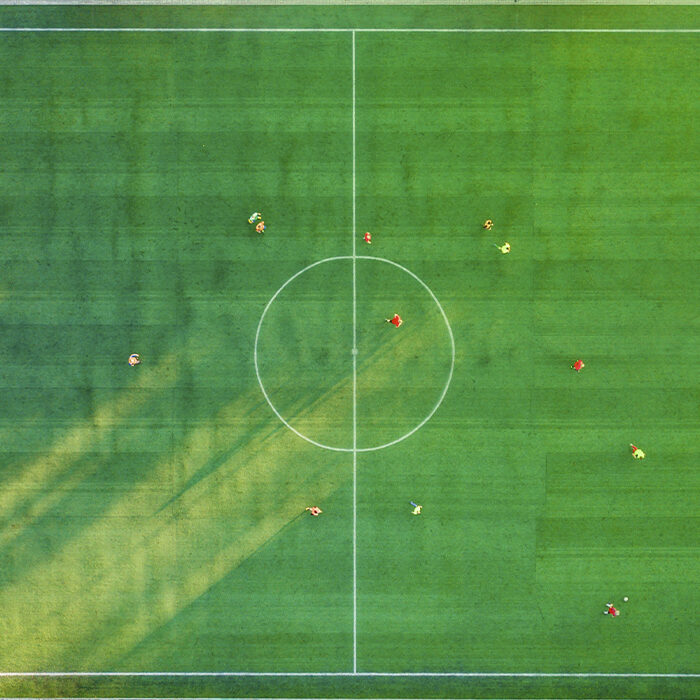The first rules of the game of soccer were introduced on December 7, 1863 by the Football Association of England. Today, the rules of soccer are set by the International Football Association Board (IFAB), which includes FIFA (4 votes) and representatives of the English, Scottish, Northern Irish and Welsh soccer associations.
The latest edition of the official soccer rules is dated June 1, 2013 and consists of 17 rules, here is a summary:
Rule 1: Referee.
Rule 2: Assistant referees
Rule 3: Duration of the game
Rule 4: Start and restart of play
Rule 5: Ball in and out of play
Rule 6: Determining a goal
Rule 11: Offside position
Rule 12: Offences and Misconduct by Players
Rule 13: Penalty kick and free kick
Rule 14: 11 kicks.
15: Throwing the ball away Rule
16: Kicked away from goal Rule
17: Corner kick Every soccer team should have a maximum of eleven players (that many may be on the pitch at any one time), one of whom is the goalkeeper and the only player who is allowed to play with the hands within the penalty area at their goal.
How many players are there in the team? Ten field players and one goalkeeper make up a team of 11 players.
A soccer match consists of two halves of 45 minutes each. Between halves there is a 15-minute rest break, after which the teams switch goalposts. This is to ensure that the teams are on equal footing.
The team with the most goals scored wins the soccer game. If the teams finish the game with the same number of goals, the game is tied, or two additional 15 minute periods are scheduled. If extra time ended in a draw, a penalty shootout is awarded.

